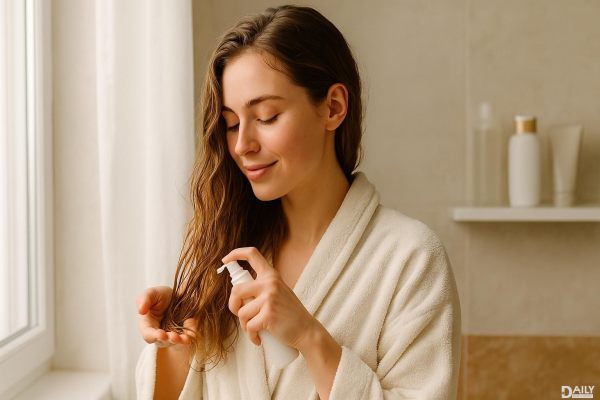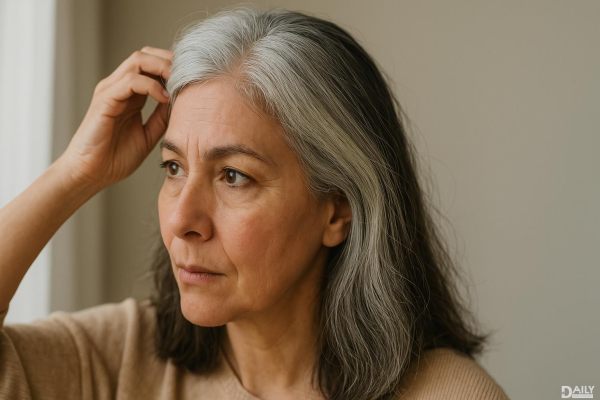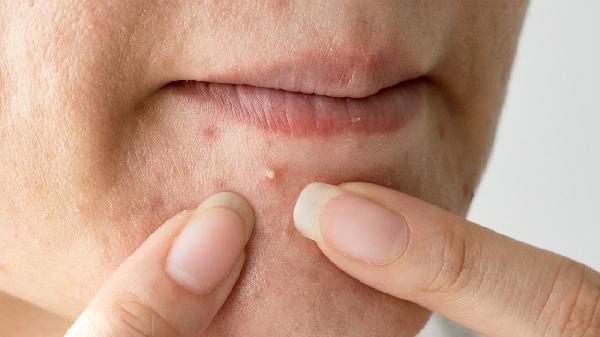Since childhood, my face has had indentations and prominent cheekbones, which look quite odd. I want to undergo autologous fat grafting to fill in these areas. I’d like to ask, how long can the results of autologous fat grafting for the cheeks last? First, is your age suitable for autologous fat grafting? From a medical perspective, generally, anyone over the age of 18 can undergo this procedure. Most people experience uneven fat loss in their face around the age of 25. Initially, this manifests as sunken temples, hollowed apple cheeks, and sunken cheeks. Coupled with the high work intensity and irregular sleep patterns of young people, tear troughs and nasolabial folds appear early and worsen. Autologous fat grafting can reverse these early signs of aging.

Of course, it’s not uncommon for some people to experience sunken cheeks at a young age.
Secondly, autologous fat grafting has a survival rate.
Autologous fat grafting is essentially relocating fat to a new area, and the transplanted fat needs sufficient blood supply to survive.
In the early stages after autologous fat transplantation, the transplanted fat tissue is in a hypoxic state, during which some fat cells may die or be absorbed. After 4 days, the area around the transplanted fat tissue becomes infiltrated with recipient cells. After 7 days, capillaries begin to grow into the transplanted fat. After 3 months, the results stabilize, and only then can it be determined whether the amount of fat filled is sufficient or if a second filling is needed.
Some people may feel hardness or notice a bulging in the filled area immediately after the procedure. This is part of the recovery period, and there’s no need for excessive concern. Generally, the results become natural after about a month.
What happens after the fat cells survive?
The transplanted fat cells integrate with the surrounding tissue in the filled area, becoming part of the body’s tissue and changing along with the body.
Unlike fillers like hyaluronic acid, which are absorbed and metabolized by the body, fat cells continue to undergo metabolism, and their activity follows the body’s aging process.
Therefore, the results of autologous fat grafting are long-lasting, and there’s no need to worry about the effects not lasting long enough.
Finally, let’s discuss the factors that affect the survival rate of fat cells.
There are several aspects:
1. The quality of the fat.
Fat is usually extracted from the thighs or abdomen for grafting, as these areas have a high fat content, plump fat cell particles, and strong fat activity, resulting in a higher survival rate.
2. The surgeon’s technique.
Multi-tunnel, layered, and even injection techniques ensure precise placement of the fat, allowing the transplanted fat to receive adequate blood supply and improving the survival rate.
3. Postoperative care.
Within the first month after the procedure, avoid spicy and irritating foods, refrain from smoking and drinking, and avoid massaging, squeezing, or rubbing the face. Avoid washing the face with water that’s too hot, as these can affect the survival rate of the fat.
























